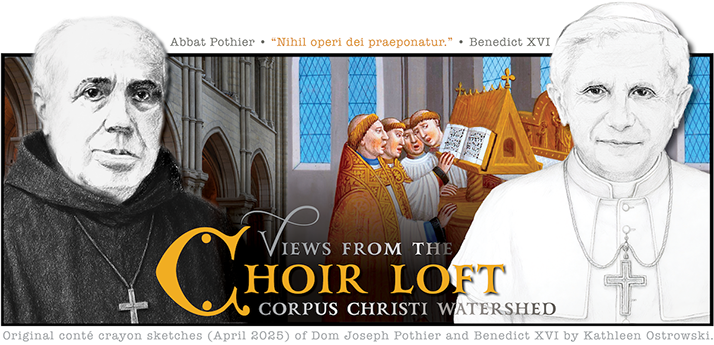
 AVE YOU EVER heard somebody rail against receiving Communion in the hand in a very disagreeable way? I’m talking about when somebody uses an unpleasant manner of speech, not realizing that many good Catholics who love God are just doing what they have been taught.
AVE YOU EVER heard somebody rail against receiving Communion in the hand in a very disagreeable way? I’m talking about when somebody uses an unpleasant manner of speech, not realizing that many good Catholics who love God are just doing what they have been taught.
I hope my article below does not come across in such a way. When speaking about “Communion in the hand” we should always be pastoral and sensitive.
DURING TODAY’S HOMILY our pastor described the proper way to receive Holy Communion. He said Catholics are allowed to receive on the tongue or in the hand. However, he mentioned recent legislation from the Vatican which says anyone receiving in the hand must place the Sanctissimum into his mouth in front of the priest or minister.
Full disclosure: I haven’t received Communion in the hand since the early 1990s. At the traditional Mass, all receive on the tongue, from an ordained minister. Nobody is allowed to touch the Sanctissimum except for ordained ministers. This is a wonderful tradition that came about over a period of centuries. It is beautiful and really helps everyone understand how sacred and special the Holy Eucharist is. We ought to have kept this tradition, but after the Second Vatican Council, permission was given for lay people to touch the Sanctissimum under certain circumstances.
I don’t really worry too much about those who receive Communion in the hand. They are free to do so under current Church law, although the way Cardinal Bernardin forced this upon the Church in America is disturbing. To learn more, Google the following terms: “Bernardin” + “Communion in the hand.”

DURING HIS HOMILY, I began asking myself: “Why would anybody receive Holy Communion in the hand?” For one thing, since the Sanctissimum must be placed in the mouth in front of the minister, why add the extra step? For another thing, our hands are so dirty. (Remember, my wife and I have two small children. Trust me: hands are normally dirty.) St. Thomas Aquinas was explaining some reasons for priests washing their hands at Mass. One reason given by the Angelic Doctor follows:
“We are not accustomed to handling precious objects unless the hands be washed; hence it seems indecent for anyone to approach so great a Sacrament with hands that are, even literally, unclean.”
I remember a very smart priest talking about the post-Conciliar “movement” in Germany for hand-Communion. One advocate made up a pamphlet with all the quotes from history “proving” the Sanctissimum was sometimes received in the hand by the early Church. It even had nice color pictures. This priest approached the author and said, “Your pamphlet is very nice, but you forgot something crucial. You forgot to include all the reasons this practice was abandoned, as the Church developed over the centuries.”

ONE OF OUR MOST POPULAR blog entries ever (shared more than 6,000 times) was the one about kneeling for Communion. Until late 2011, priests were supposed to “catechize” Catholics who knelt for Communion. However, as of 2011, this has been changed. Catholics in the USA are now free to kneel. A very kind gentleman sent me all kinds of documentation, proving that even before 2011, Catholics could kneel for Communion. I was planning on posting all of it, but I just realized doing so would be superfluous in light of this.

